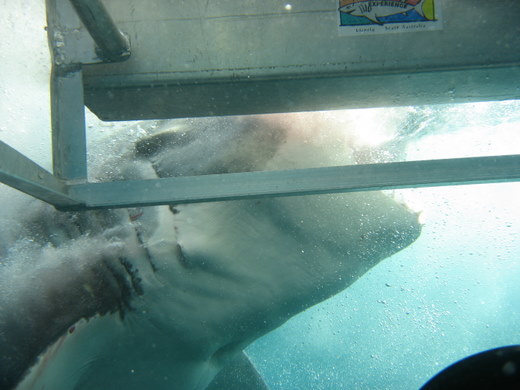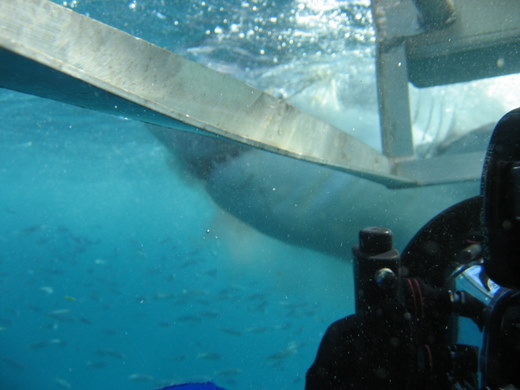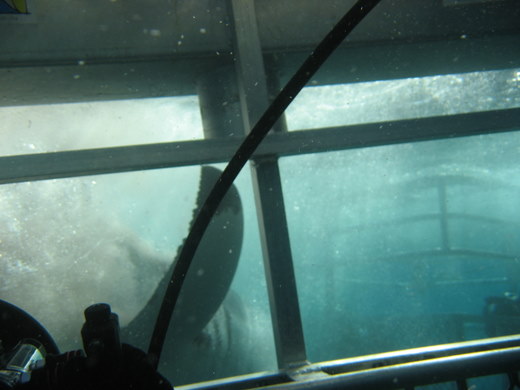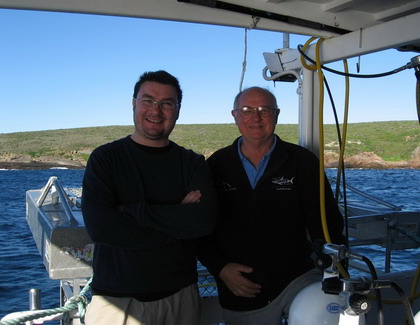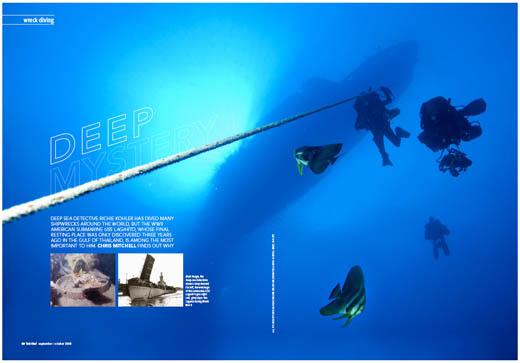My great white shark encounter with Rodney Fox in southern Australia was featured in the UK’s Australia & New Zealand magazine recently
Just remembered this was published a few months ago – a syndication of my Rodney Fox and the Great White Sharks story originally written for Asian Diver magazine. The story appeared in the UK’s Australia & New Zealand magazine, a title aimed at British people thinking of emigrating Down Under. Not sure if the thought of encountering great whites is going to help persuade them to make the move, but still…


Geri Murphy kindly provided the images again, as she did with the original story. I think the Art Editor at Australia mag did a fantastic job of laying out the story – it looks great, especially over so many pages. You can read the full text of the Great White Sharks and Rodney Fox article here on Divehappy, with some of my shark videos from the trip.
